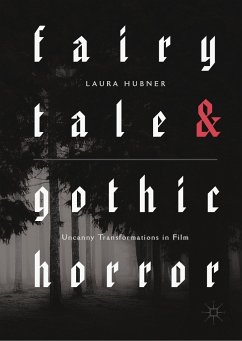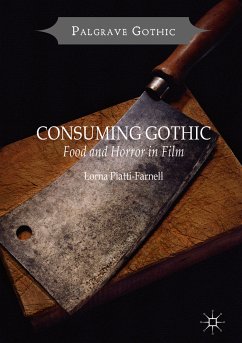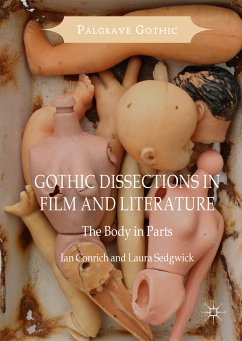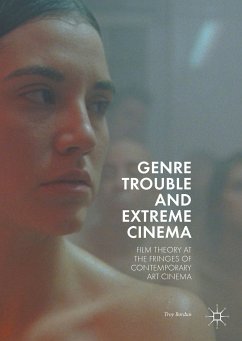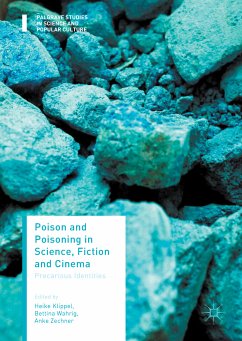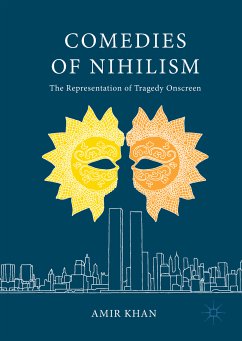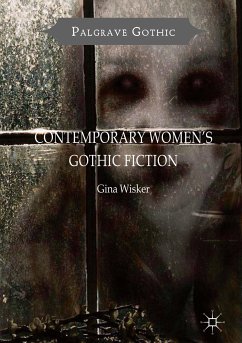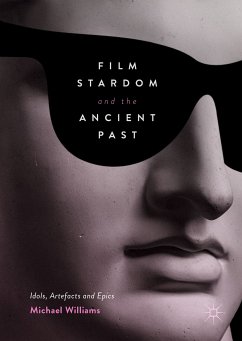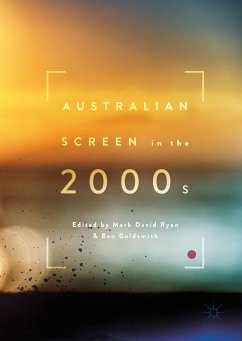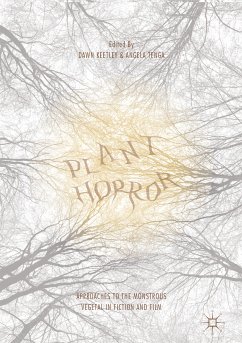
Plant Horror (eBook, PDF)
Approaches to the Monstrous Vegetal in Fiction and Film
Redaktion: Keetley, Dawn; Tenga, Angela
Versandkostenfrei!
Sofort per Download lieferbar
104,95 €
inkl. MwSt.
Weitere Ausgaben:

PAYBACK Punkte
52 °P sammeln!
This collection explores artistic representations of vegetal life that imperil human life, voicing anxieties about our relationship to other life forms with which we share the earth. From medieval manuscript illustrations to modern works of science fiction and horror, plants that manifest monstrous agency defy human control, challenge anthropocentric perception, and exact a violent vengeance for our blind and exploitative practices. Plant Horror explores how depictions of monster plants reveal concerns about the viability of our prevailing belief systems and dominant ideologies- as well as a d...
This collection explores artistic representations of vegetal life that imperil human life, voicing anxieties about our relationship to other life forms with which we share the earth. From medieval manuscript illustrations to modern works of science fiction and horror, plants that manifest monstrous agency defy human control, challenge anthropocentric perception, and exact a violent vengeance for our blind and exploitative practices. Plant Horror explores how depictions of monster plants reveal concerns about the viability of our prevailing belief systems and dominant ideologies- as well as a deep-seated fear about human vulnerability in an era of deepening ecological crisis. Films discussed include The Day of the Triffids, Invasion of the Body Snatchers, The Wicker Man, Swamp Thing, and The Happening.
Dieser Download kann aus rechtlichen Gründen nur mit Rechnungsadresse in A, B, BG, CY, CZ, D, DK, EW, E, FIN, F, GR, HR, H, IRL, I, LT, L, LR, M, NL, PL, P, R, S, SLO, SK ausgeliefert werden.



